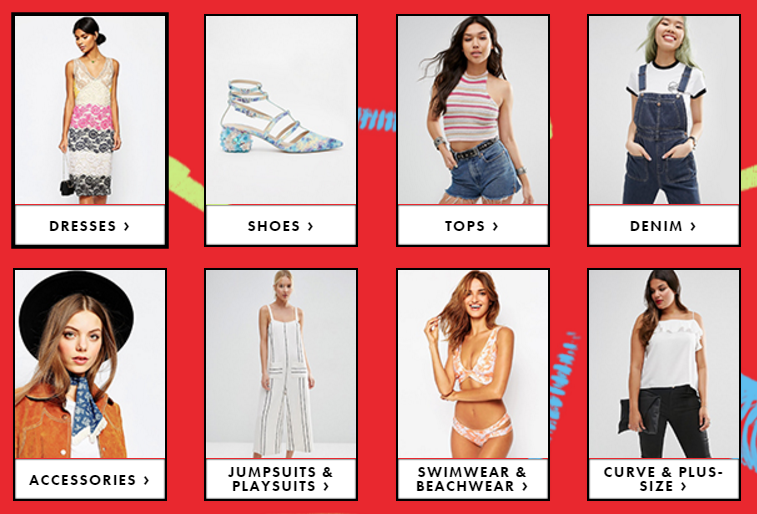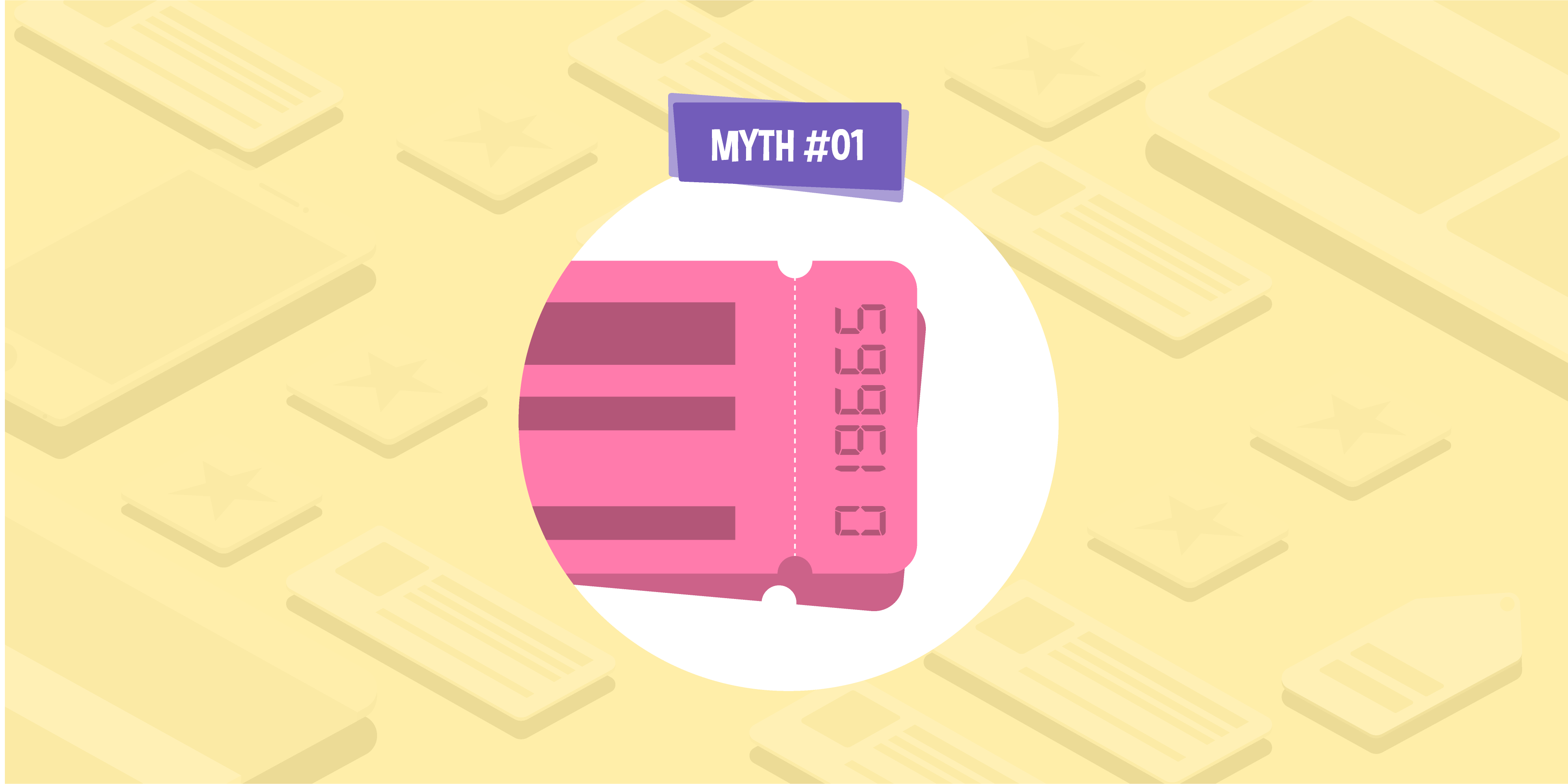
- 09 Aug 2016
- 3 Min read
Image vs text links: Which hold more SEO value?
We all know internal and external links can have a major impact on our search rankings, but does it matter whether they come in the form of images or text? Read on to find everything you need to know…
A word is worth a thousand pictures
When it comes to hyperlinks, text is the undisputed king. Google’s Webmaster Guidelines state:
“Try to use text instead of images to display important names, content, or links. If you must use images for textual content, use the alt attribute to include a few words of descriptive text.”
The reason for this is simple: search engine web crawlers can’t analyse images in the same way a human can. So they can’t determine whether the image and link are an appropriate match.
On the other hand, bots can compare anchor text against the linked page’s content to verify that it’s relevant.
You can use alt tags — ‘behind-the-scenes’ titles — to tell crawlers what your image is about. But as they’re not visible to users, they’re far more open to manipulation than body text. So Google takes them with a pinch of salt.
What this means for your site
In short, text links are weighted higher than image links by search engines, so where you have the choice you should always opt for a text link.
Embedding text into an image can make for a more attractive design (see example below from ASOS), but you will lose some of the link value.

A good alternative is including a text link below the image, as in this next example from ASOS. The images should still be linked for the user’s convenience (and descriptive alt tags won’t hurt).
When you should use image links over text links
Google’s first Webmaster Guidelines principle is to “make pages primarily for users, not for search engines”. So don’t use a text link if an image link is the natural thing to do — that could just boost the bounce rate, which will do much more harm to your search performance.
Plus, you risk your backlink profile looking unnatural if you have no image links whatsoever. Just make sure that the pages you link to via images also have text backlinks — especially if they’re important pages — so that Google has some context.
When you do use image links, make sure to follow Google’s image publishing guidelines, use descriptive alt tags, and use a file name that reinforces the alt text.
Key takeaways
- Text links hold more SEO value than image links.
- Putting text beneath an image and linking both is a good alternative to linking an image with embedded text.
- Don’t replace image links with text links if this will compromise the user experience.
- Make sure important pages don’t only have image backlinks.
Need help maximising the search potential of your website? Get in touch today.


